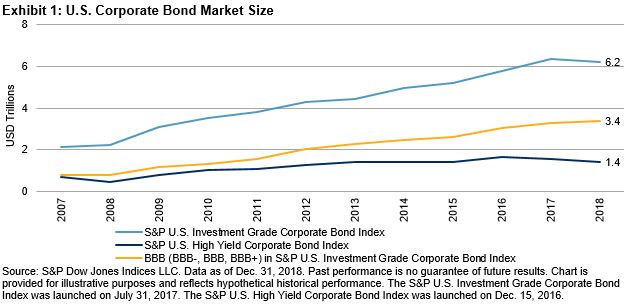Tomorrow, Warren Buffett and 30,000 of his closest friends will gather in Omaha for Berkshire Hathaway’s annual meeting. The loyalty of long-term Berkshire shareholders is the stuff of legend, as is the investment performance that produced it. $100 invested in Berkshire stock at the end of 1968 would have grown to more than $850,000 by the end of 2018; a comparable investment in the S&P 500 would have grown to just under $11,000.

Berkshire’s wealth generation has been all the more remarkable for having occurred in an era when the majority of active portfolio managers underperformed unmanaged indices like the S&P 500. Academics have naturally been interested in how such exceptional results arose, with some arguing that “Buffett’s Alpha” is actually “a reward for leveraging cheap, safe, high-quality stocks.”
Regardless of the source of Berkshire’s excess returns, it’s unquestionable that their magnitude has been on a downtrend. There are 40 (overlapping) ten-year performance windows in our 50-year history. In the first 20 of them, Berkshire beat the S&P 500 by more than 10% per year. In the second 20, Berkshire’s margin of outperformance hit double digits only 3 times; the last such period ended in 2002.

In fact, Berkshire’s compound annual return lagged that of the S&P 500 in the 10 years ended 2018 – in which respect it resembles most active large-cap U.S. equity managers, more than 85% of whom underperformed in the last decade. Warren Buffett was recently asked whether Berkshire or the S&P 500 would be the better investment for a long-term investor and did not hesitate to answer that “I think the financial result would be very close to the same.”
When the premier active investment manager in modern financial history says that, you know that active management is a very hard game – and getting harder.
The posts on this blog are opinions, not advice. Please read our Disclaimers.










